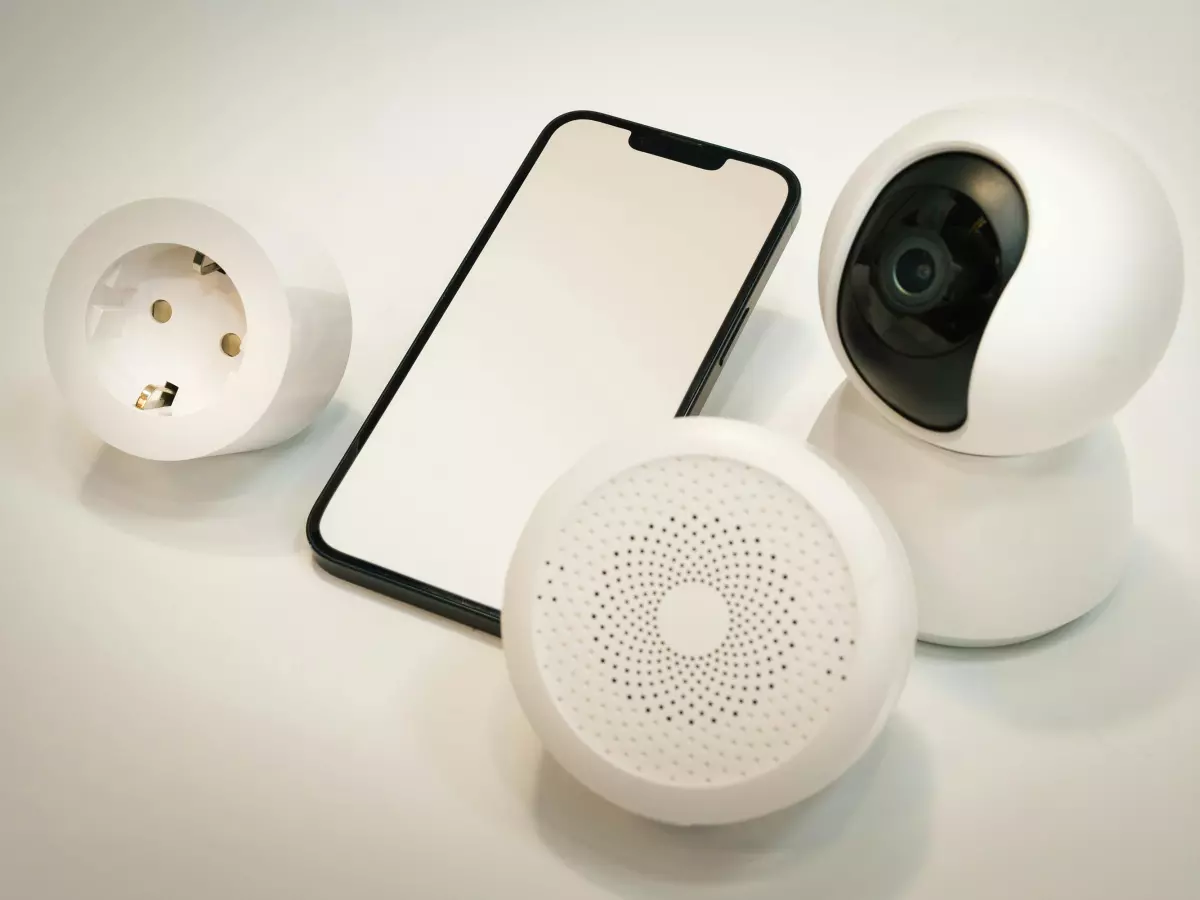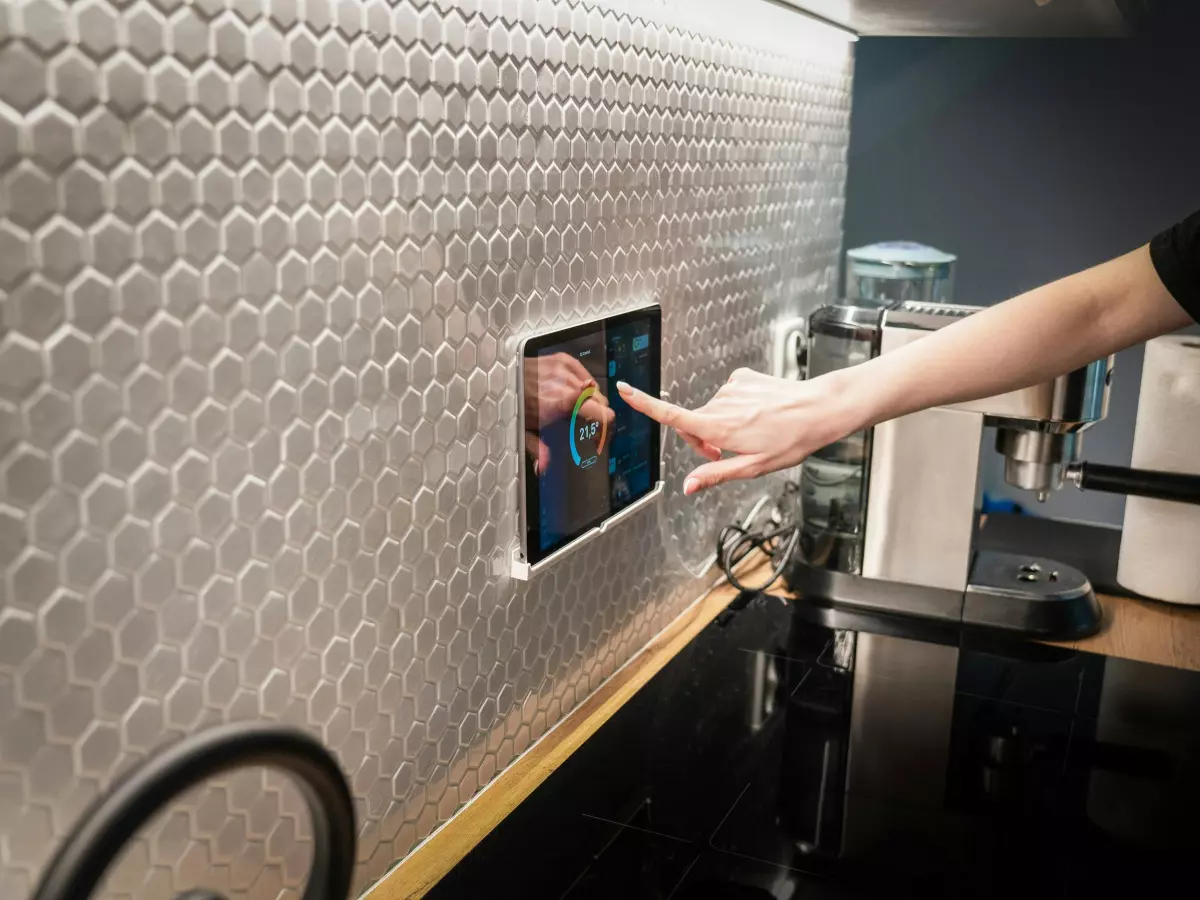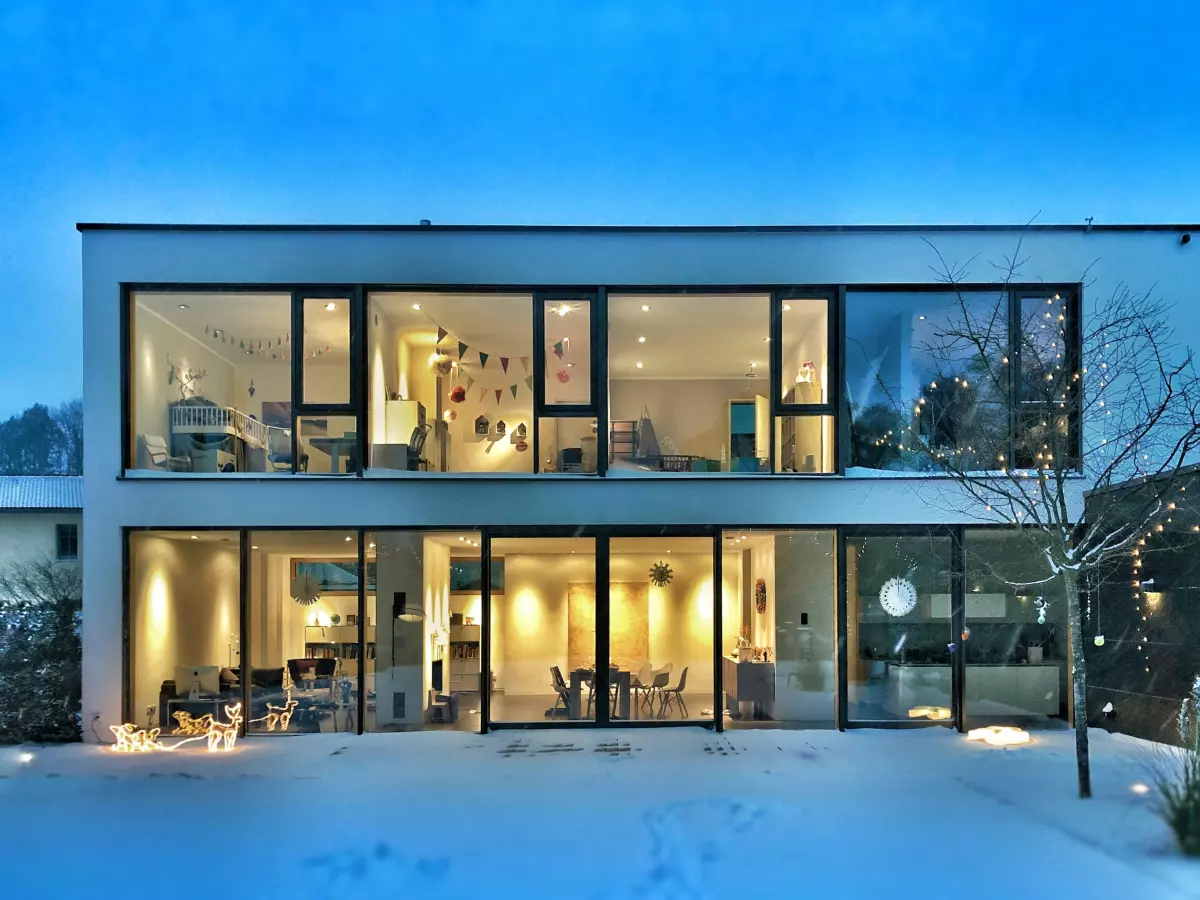Lagging Behind
Ever feel like your smart home is stuck in slow motion? It’s like waiting for a traffic light to turn green when no one else is around. Latency in smart home devices can feel just as frustrating, but what’s causing it, and why does it matter?
By Alex Rivera
Latency. It’s a word that gets thrown around a lot in tech circles, but when it comes to smart home devices, it’s the invisible villain behind those frustrating delays. You know the drill: you tell your smart light to turn on, and it takes a few seconds longer than it should, or you ask your smart speaker to play a song, and it hesitates before responding. It’s not just annoying—it can disrupt the seamless experience we all crave in our connected homes.
So, what’s going on under the hood? Why do some devices respond instantly while others seem to take their sweet time? The answer lies in a combination of factors, including protocols, connectivity standards, and even the physical layout of your home. Let’s break it down.
The Protocol Problem
First up, let’s talk about protocols. Smart home devices communicate using a variety of protocols, including Wi-Fi, Zigbee, Z-Wave, and the new kid on the block, Matter. Each of these has its own strengths and weaknesses, and they all handle latency differently. For example, Wi-Fi is great for high-bandwidth tasks like streaming video, but it can introduce more latency compared to Zigbee or Z-Wave, which are designed for low-power, low-latency communication.
But here’s the kicker: not all devices in your home use the same protocol. Your smart thermostat might be on Wi-Fi, while your smart lights are on Zigbee. When these devices need to communicate with each other, they often rely on a central hub or bridge to translate between protocols. This translation process can introduce delays, especially if the hub itself is under heavy load or poorly optimized.
Connectivity Standards: The Hidden Culprit
Next, let’s talk about connectivity standards. While protocols dictate how devices communicate, connectivity standards like Wi-Fi 6 or Bluetooth 5.0 determine how fast and reliable that communication is. For instance, Wi-Fi 6 offers lower latency compared to older Wi-Fi standards, but only if both your router and your devices support it. If you’re still rocking an older Wi-Fi router, you might be introducing unnecessary latency into your smart home setup.
Bluetooth, on the other hand, is notorious for its latency issues, especially when used for tasks it wasn’t designed for, like controlling smart lights or locks. That’s why many smart home enthusiasts avoid Bluetooth for anything that requires real-time responsiveness.
Interference: The Silent Saboteur
Even if you’ve got the best protocols and the latest connectivity standards, there’s another factor that can mess with your smart home’s performance: interference. Your smart home devices are constantly competing for bandwidth with other devices in your home, like your laptop, smartphone, and even your neighbor’s Wi-Fi network. This can lead to congestion, which in turn increases latency.
Physical barriers like walls, floors, and even large appliances can also interfere with the signals between your devices. If your smart hub is in the basement and your smart lights are on the second floor, you might experience delays simply because the signal has to travel through multiple walls and floors.
How to Reduce Latency in Your Smart Home
So, what can you do to minimize latency and make your smart home feel, well, smarter? Here are a few tips:
- Upgrade your router: If you’re still using an old Wi-Fi router, consider upgrading to a model that supports Wi-Fi 6. This can significantly reduce latency, especially if you have multiple devices competing for bandwidth.
- Use a dedicated hub: If your devices are on different protocols, consider using a dedicated smart home hub to handle the communication between them. This can reduce the time it takes for devices to talk to each other.
- Optimize device placement: Place your smart hub or router in a central location to minimize the distance signals have to travel. Avoid placing it near large appliances or in areas with heavy interference.
- Limit Bluetooth use: If possible, avoid using Bluetooth for tasks that require real-time responsiveness. Stick to protocols like Zigbee or Z-Wave for things like smart lights and locks.
The Future of Low-Latency Smart Homes
The good news is that the future looks bright for low-latency smart homes. With the introduction of new protocols like Matter, which promises to unify the smart home ecosystem, we can expect devices to communicate more efficiently and with less delay. Additionally, advancements in Wi-Fi technology, like Wi-Fi 7, are on the horizon, promising even lower latency and better performance for smart homes.
But for now, if you’re experiencing latency issues in your smart home, don’t despair. With a few tweaks to your setup, you can significantly reduce those annoying delays and get back to enjoying the seamless, connected experience you deserve.





